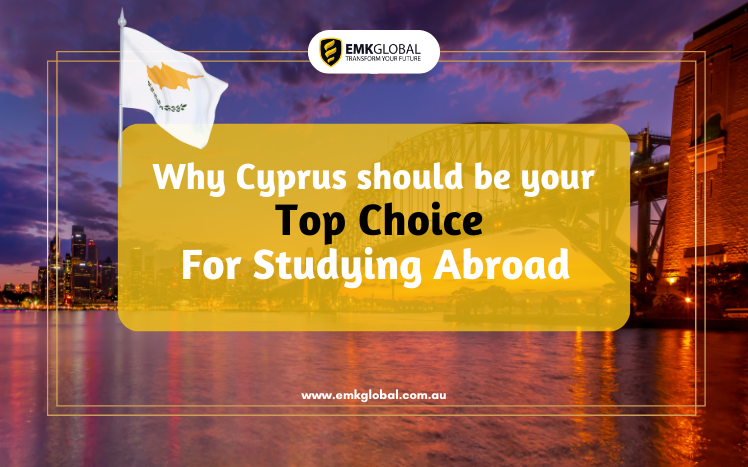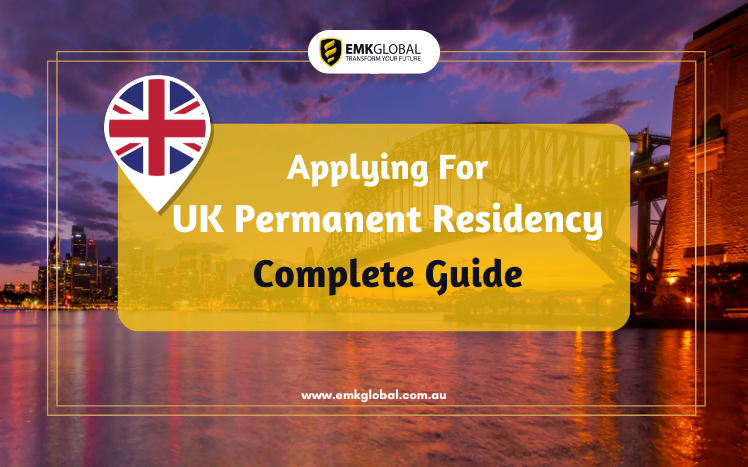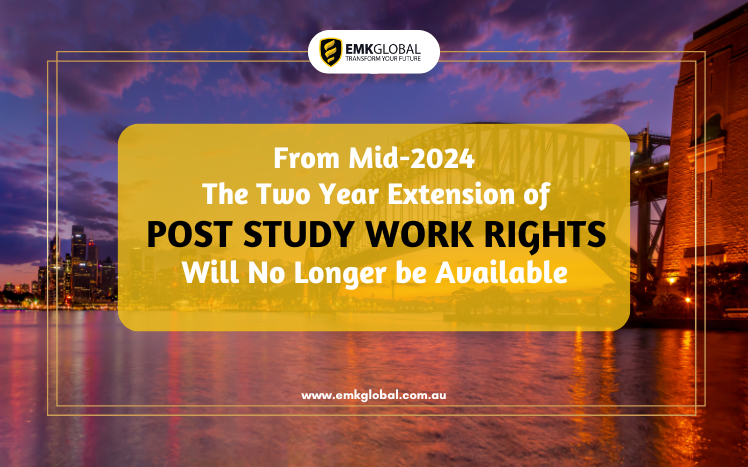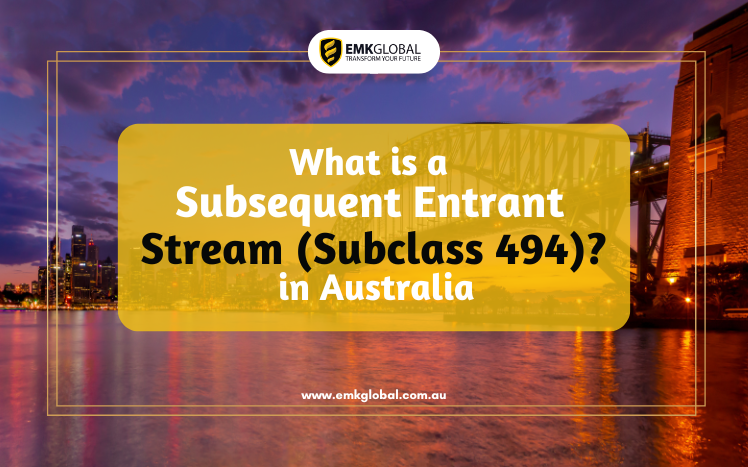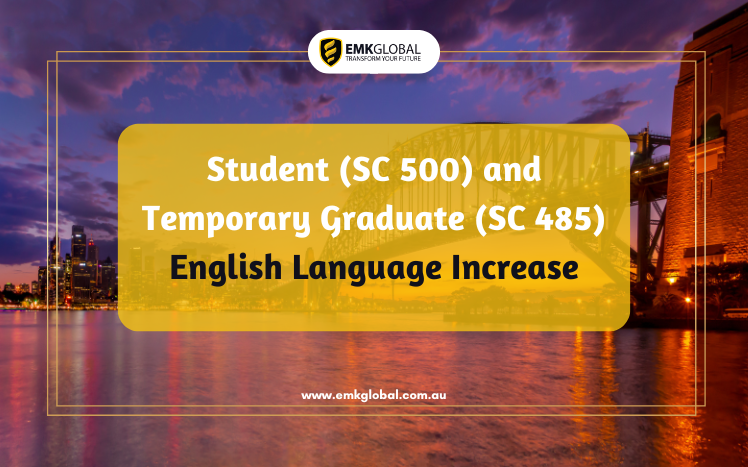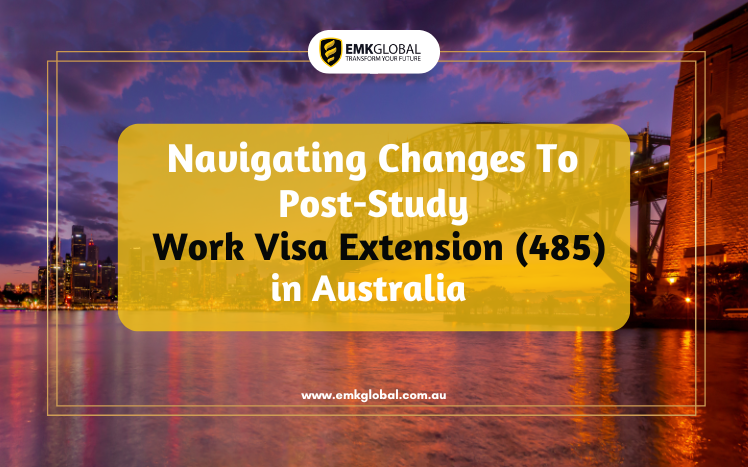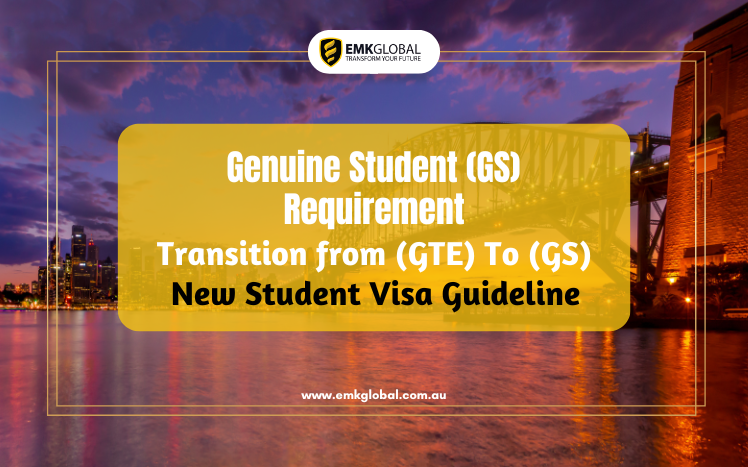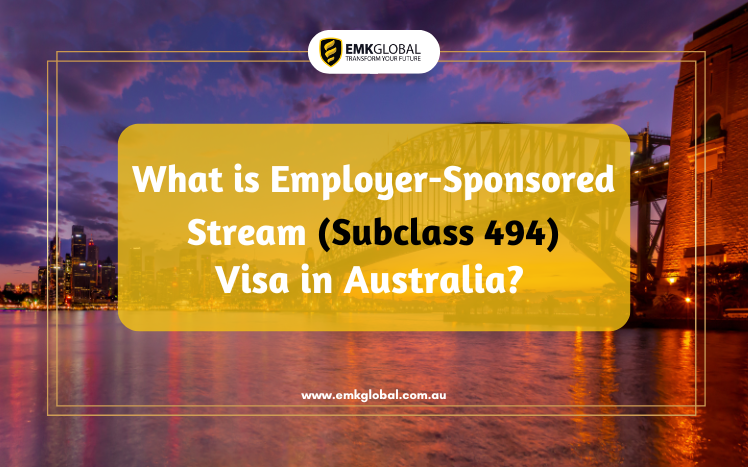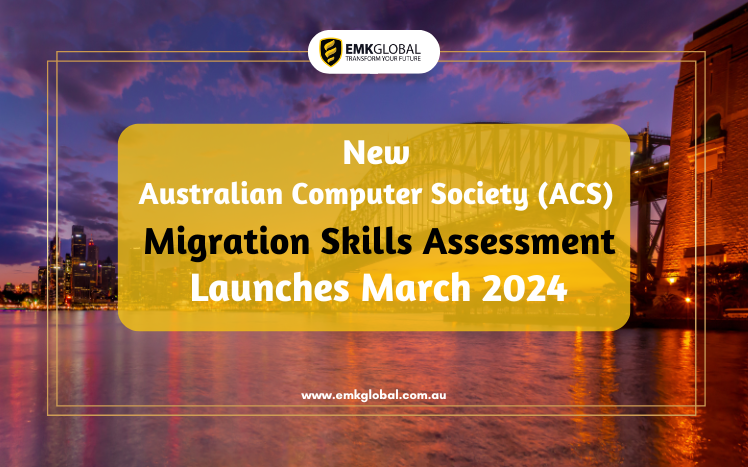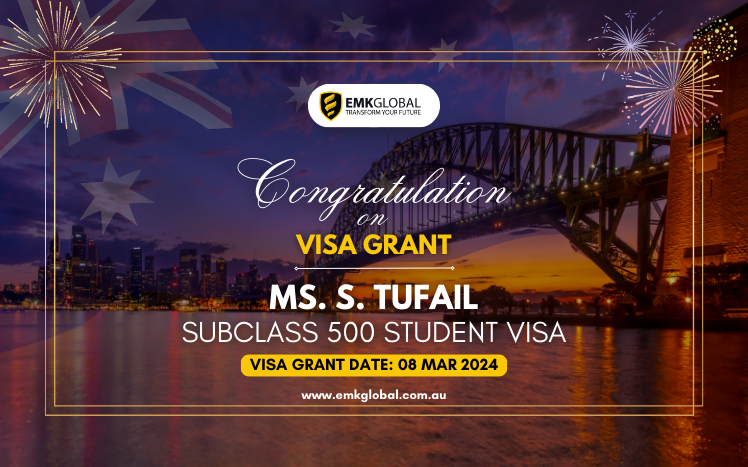Cyprus, known for its picturesque beaches and top-notch tourism services, has emerged as a compelling destination for international students seeking quality education abroad. In this article, we delve into why Cyprus should be at the forefront of your study abroad shortlist.
Quality Education at Affordable Costs
Cyprus is committed to providing high-quality education while keeping tuition costs affordable. With over 7% of its GDP allocated to education, the country ranks third in the European Union in terms of educational investment, following Denmark and Sweden. The educational system, although based on the European and Bologna frameworks, also incorporates elements of the American education system, offering students flexibility in course selection and academic load.
Popular Disciplines and Academic Flexibility
While Hospitality Business and Tourism are prominent disciplines in Cypriot universities, students can explore a diverse range of programs beyond these fields. The academic flexibility allows students to tailor their courses according to their interests and goals, impacting both their academic journey and tuition fees.
Financial Assistance and Scholarships
Despite variations in tuition fees for international students and restrictions on work hours, Cyprus ensures accessibility to education through scholarships and fee reductions for talented students. Additionally, platforms like Studyportals offer financial aid options, easing the financial burden for aspiring scholars.
Exam Structure and Learning Environment
Cyprus adopts a comprehensive evaluation system that includes testing, research essays, and group projects, fostering a holistic learning experience. The academic calendar accommodates rolling admissions, providing flexibility for enrollment and course selection.
Accommodation Options and Cost of Living
Students in Cyprus benefit from affordable accommodation options, including dormitories and shared apartments facilitated by universities. The cost of living is reasonable, with monthly accommodation expenses averaging around 150 EUR, ensuring a comfortable and conducive environment for study.
Top Universities in Cyprus
The country boasts reputable institutions such as the University of Nicosia, European University Cyprus, and Cyprus School of Molecular Medicine, offering a wide array of study programs across disciplines. International collaborations and dual degree programs enhance the educational landscape, attracting students globally.
Entry Requirements for International Students
Prospective students need a secondary education certificate and proficiency in English (TOEFL or IELTS) to meet entry criteria. Language courses are available for those requiring additional English credits, ensuring inclusivity and accessibility.
Booming Business Programs and MBA Opportunities
Cyprus excels in offering MBA programs tailored to the demands of its thriving business sector, providing real-world skills and employability prospects. With a focus on practical learning and industry relevance, MBA aspirants can capitalize on Cyprus’s dynamic business environment.
Conclusion: Why Cyprus is an Ideal Study Abroad Destination
In conclusion, Cyprus emerges as an enticing destination for international students due to its blend of quality education, affordable costs, academic flexibility, and diverse program offerings. With a conducive learning environment, financial support options, and a focus on practical skills, studying in Cyprus promises a fulfilling and enriching experience for aspiring scholars.


